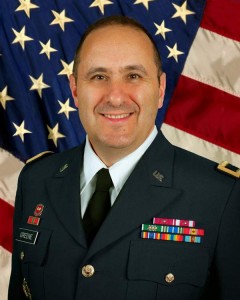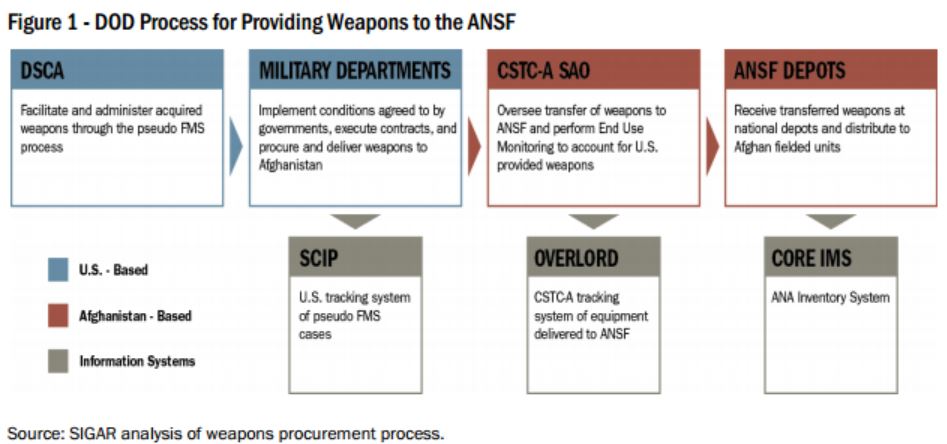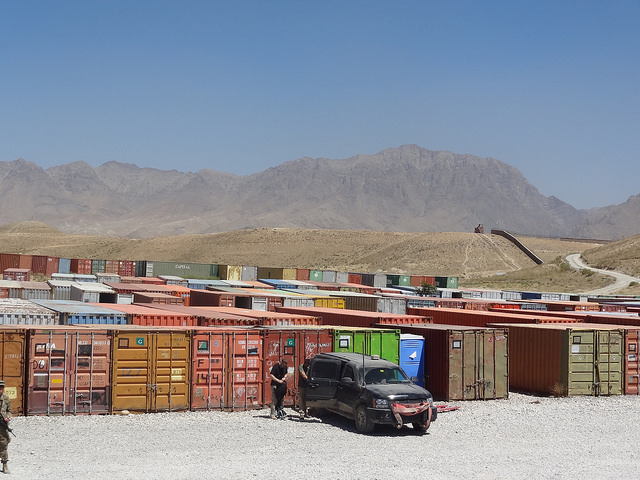As Expected, Kerry’s Power Sharing Agreement in Afghanistan Falling Apart
Well, that didn’t take long. On Friday, John Kerry made a second pass at getting Abdullah Abdullah and Ashraf Ghani to make nice. This time he even produced a signed document (probably) to go along with the happy photos. And then yesterday the Washington Post announced that Ghani already is backing down on the whole shared power concept:
Ashraf Ghani, one of two candidates competing to become Afghanistan’s president, said Tuesday that the deadline to finish a vote recount is slipping and that a U.S.-brokered agreement for the rivals to form a joint government afterward does not mean the winner will fully share power with the loser.
Speaking to foreign journalists at his fortified compound in the capital, Ghani appeared to be trying to tamp down a surge of discontent among his supporters and allies, many of whom are reportedly upset that he agreed under U.S. pressure to a full recount of ballots from the troubled presidential runoff in June and the formation of a “unity” government with his rival.
On Friday, Ghani restated those pledges during a visit by Secretary of State John F. Kerry. But on Tuesday, he sought to clarify that he has not agreed to a power-sharing agreement with former foreign minister Abdullah Abdullah. Ghani said the winner will appoint the loser “by decree” as a chief executive to serve “at the discretion of the president.” Abdullah has demanded more authority if he loses.
After a false start earlier, the work on developing the real power sharing agreement was slated to start today:
The joint committee assigned by the two presidential candidates and expected to hash out the details of their power-sharing agreement is expected to begin its work on Wednesday, according to representatives of both campaigns.
The joint committee was initially expected to start work last Saturday, a day after the three article declaration about the broad structure of the national unity government was signed by both candidates. However, disagreements over the join committee were said to have stalled the start of negotiations until now.
Abullah Abdullah’s First Vice President, Mohammad Khan, has said on that the committee will have a total of thirty members representing both candidates. According to Fizullah Zaki, a spokesman for Ashraf Ghani Ahmadzai’s team, both teams nominated 15 representatives on Tuesday.
With 15 negotiators on each side, I would expect that the first week or two of the negotiations will resolve such crucial issues as the shape of the table and the length of the breaks between sessions. They might also want to make a “no punching” rule, as there appears to have been another fight today while ballots were being reviewed. It’s hard to see how Kerry could make a third trip to put the power sharing back on course since the first two have been such spectacular failures.
Combining the poor outlook for a power sharing agreement with the continued disruptions in auditing ballots puts the next “deadline” in a huge amount of doubt:
The NATO coalition will be forced to make a decision on its continued role in Afghanistan without a Bilateral Security Agreement (BSA) in place if the Afghan presidential election does not meet a conclusion soon, NATO Secretary-General Andres Fog Rasmussen warned on Monday.
The senior NATO official indicated continued military support, including a post-withdraw troop presence for training and advising purposes, as well as broader financial aid to Afghanistan, would likely be impossible if the BSA is not signed by a new Afghan president before the NATO summit begins on September 4.
“Soon we will have to take tough decisions, because if there is not a legal basis for our continued presence in Afghanistan, we will have to withdraw everything by the end of this year and to do that we will have to start planning … very soon,” Rasmussen told Reuters on Monday.
Obama has a very easy way out here. If there still is no resolution to the election by the time of the NATO summit, he can paint the decision to withdraw completely from Afghanistan as a NATO decision rather than a US decision. Yes, a number of earlier deadlines in this process have been ignored, but it is very hard to see how NATO would agree to remain in Afghanistan without a BSA signed by a new president. Although the neocons likely would return to Iraq-era “no permission slip needed” rhetoric urging Obama to keep troops there even without any other NATO allies, I don’t seen how he would do that.
We are less than a month away from what almost certainly will be a decision to withdraw fully from a war that has been one of the most badly managed efforts in our country’s history. We have squandered about a trillion dollars, killed untold numbers of civilians, lost far too many troops and will leave a country that is wracked by devastation and a huge increase in corruption. Obama will be blamed for losing Afghanistan just as surely as he is now being blamed for losing Iraq, but in both cases, the entire country should share the blame for empowering amoral leaders who know only death, destruction and corruption.





